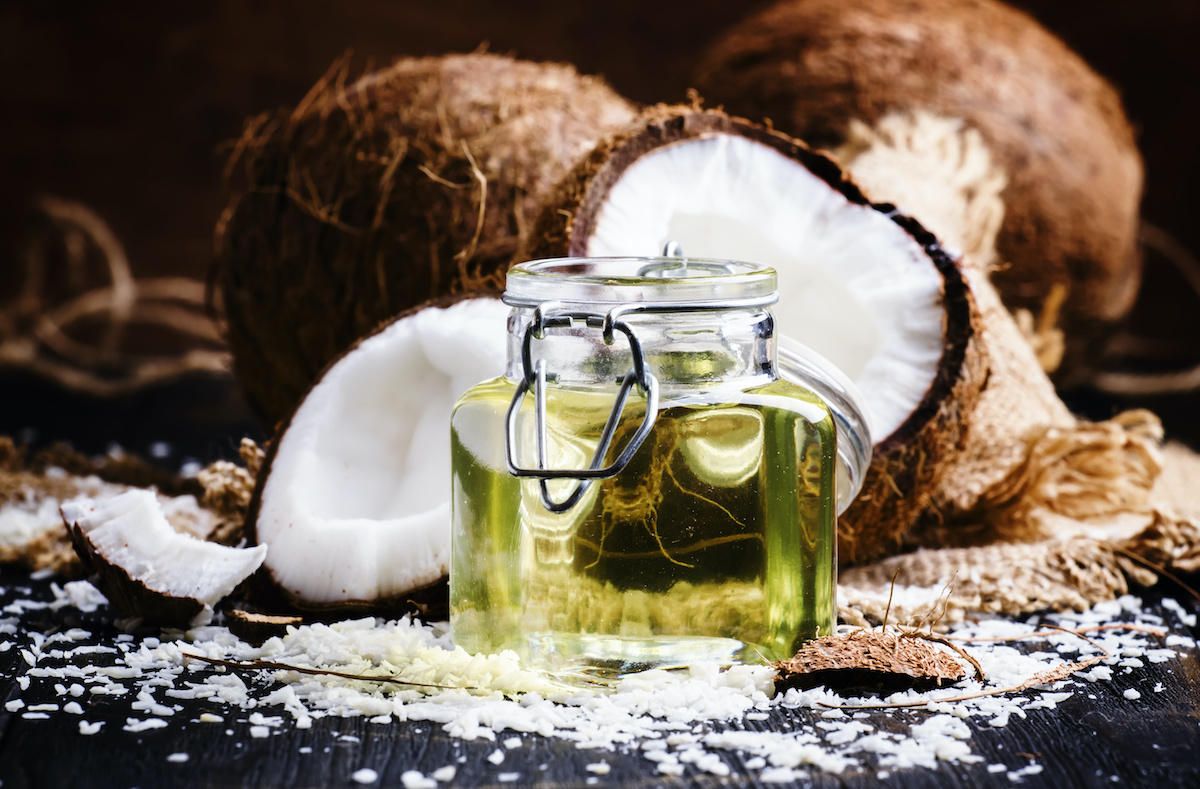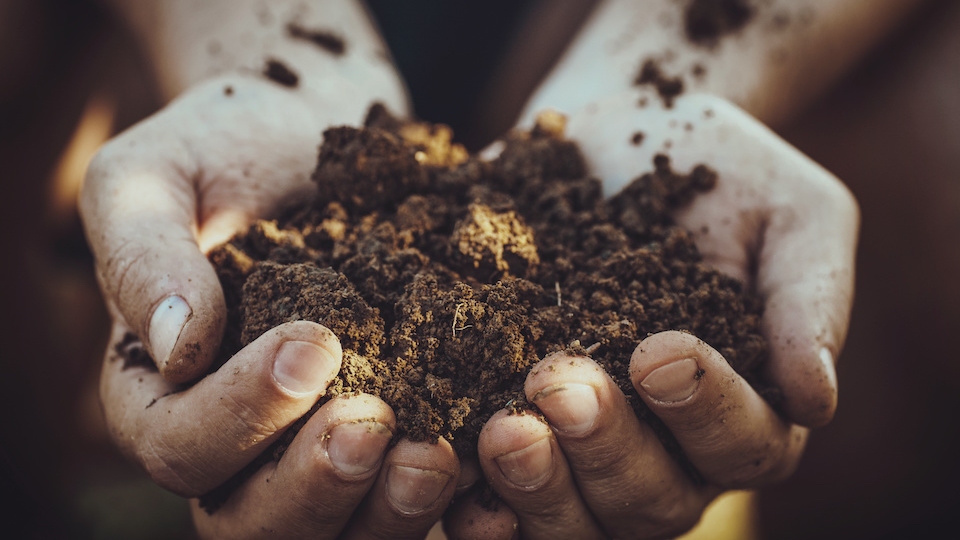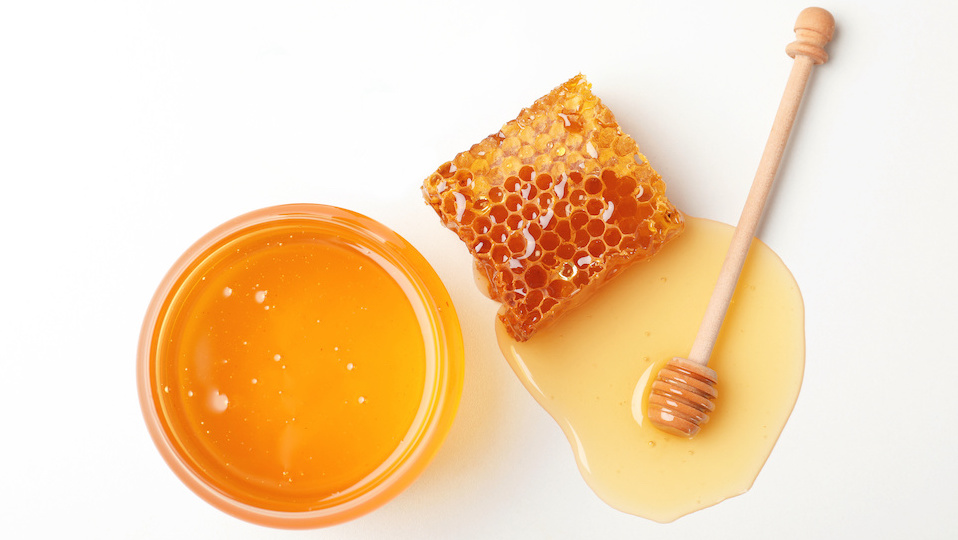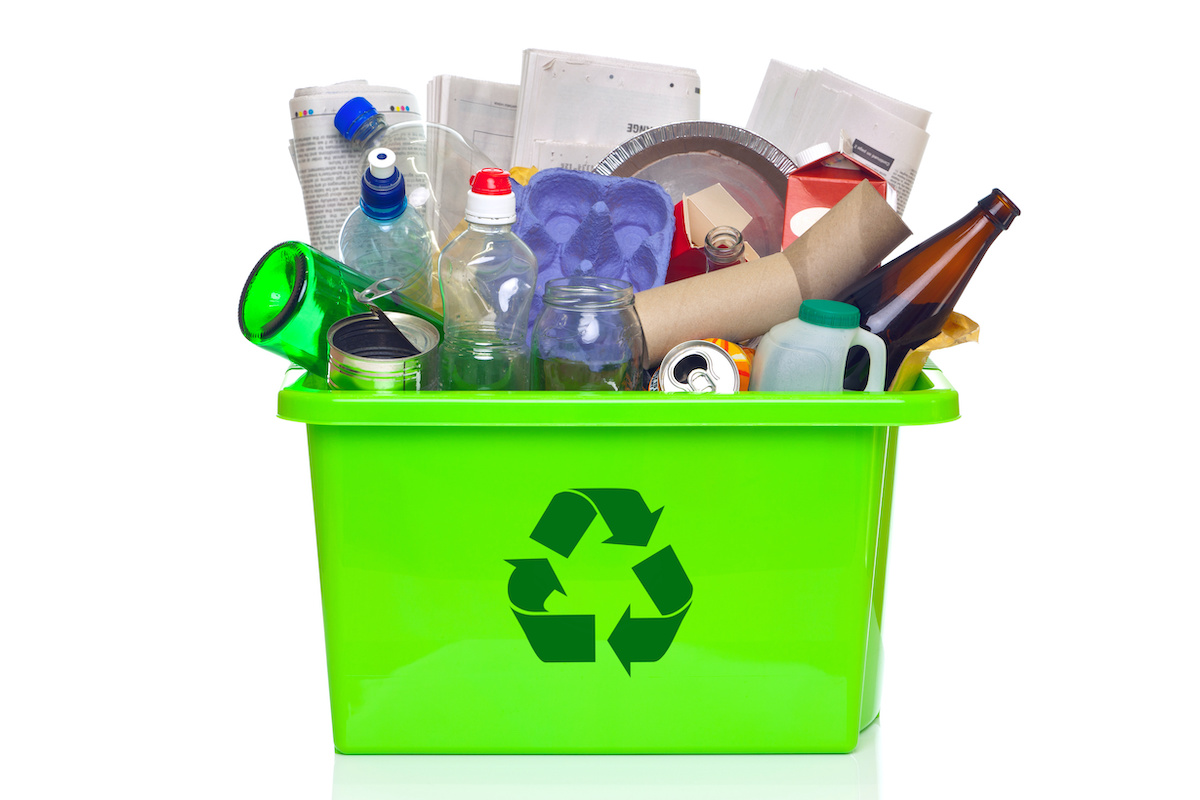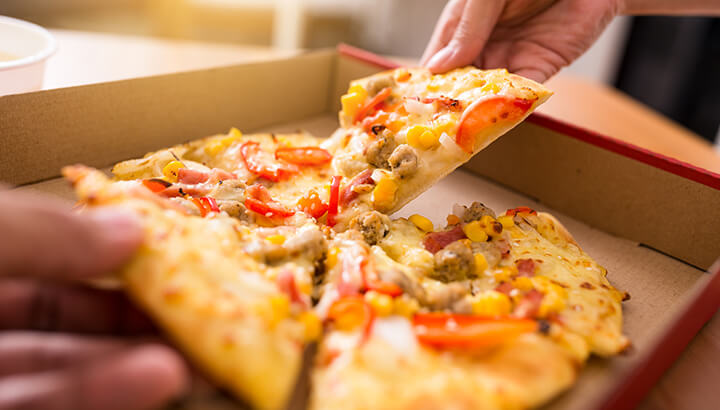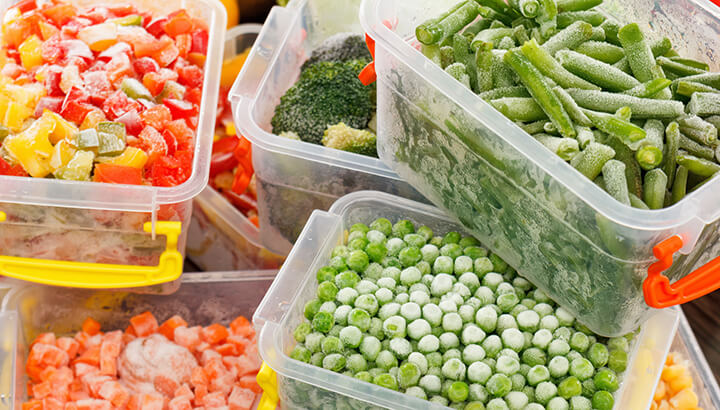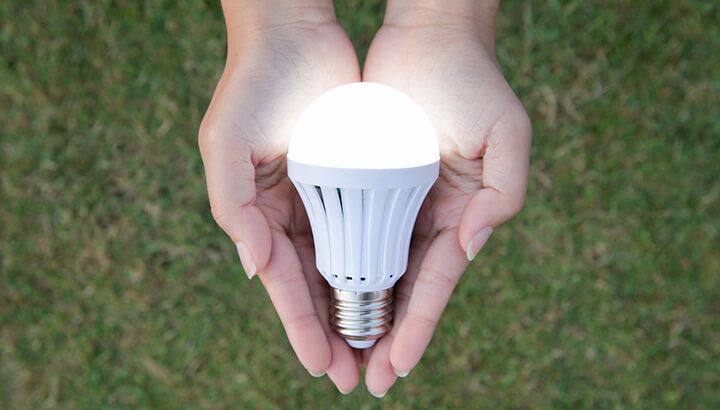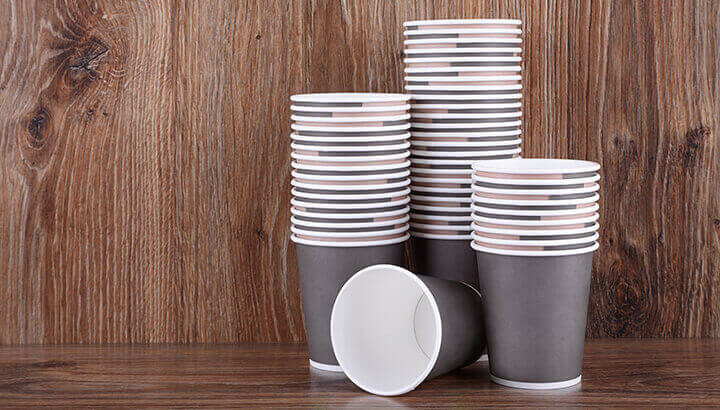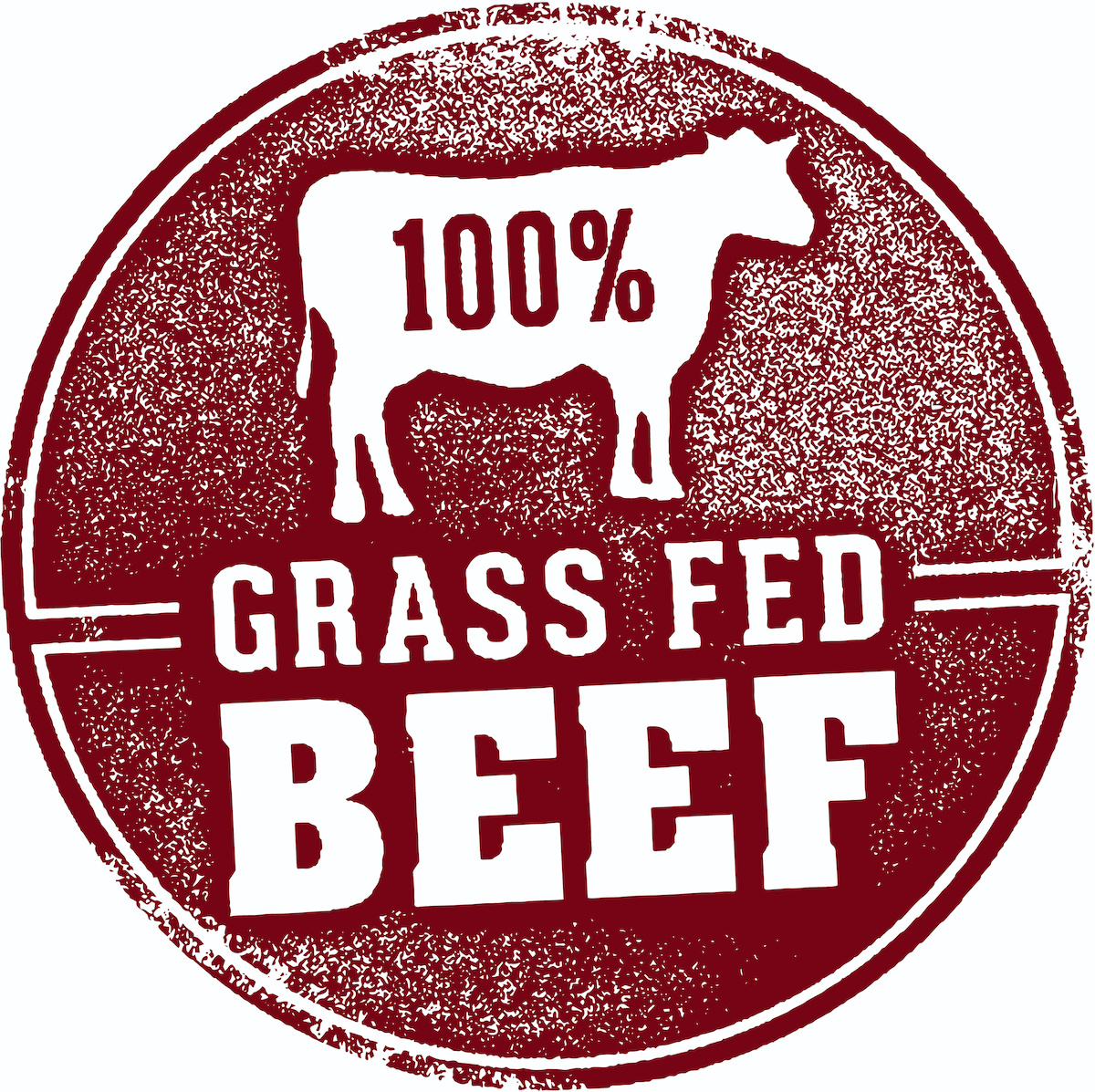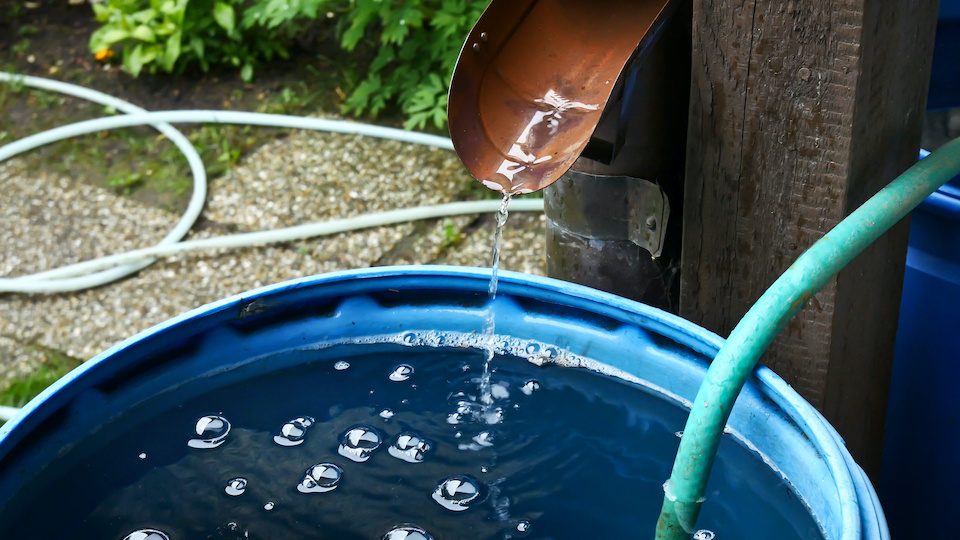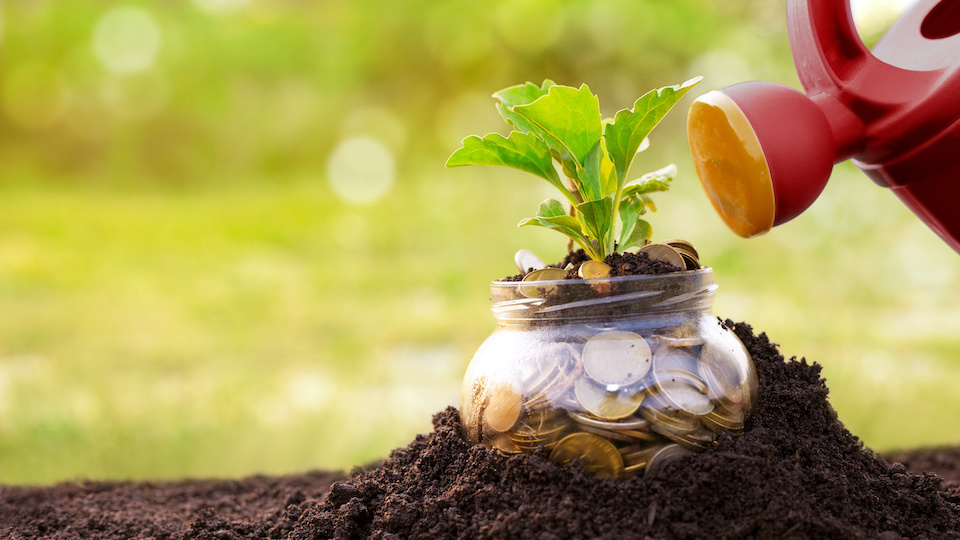11 Coconut Oil Fixes That Work
Honestly, it would be easier to list the problems that coconut oil can’t solve rather than the ones it can. Keep a jar of this all-purpose oil in your bathroom and your kitchen to help with everything from dry elbows to halitosis. If you’re still not sold on coconut oil, check out our list for just a few of life’s problems that are eliminated by this tropical treasure.
Moisturize dry skin
Perhaps one of the most well-researched and famous uses of coconut oil is its ability to replenish dry skin. This oil is a nourishing powerhouse and is full of beneficial fatty acids and antioxidants that work to heal your skin, boost collagen production, and prevent issues such as eczema and rosacea.
Prevent razor bumps
Coconut oil works as a naturally hydrating shaving cream that will give you a close shave while penetrating your skin to prevent rashes and shaving cuts. Be cautious when shaving during a shower as the heat from the water can cause the coconut oil to become incredibly slippery.
Remove stubborn makeup
Many commercial makeup removers are full of harsh ingredients that damage and dry out your skin. This wonder oil works to remove even the most stubborn waterproof mascara with just a few swipes. Be sure to rinse and cleanse your face following use as too much oil can clog your pores.
Cook at high heat
Because of its high saturated fat content, coconut oil is one of the all-time best oils for cooking things at high heat. Unlike other unhealthy oils such as vegetable and safflower, it retains its structure and will not break down during cooking.
Trim your waistline
If you eat a healthy, whole foods diet and exercise regularly but still can’t lose those last few pounds, coconut oil could help you cross the line to your weight loss goal. It has been shown to be an effective tool for cutting down on excess visceral fat along with a healthy lifestyle. It may also help reduce hunger, which can lead to a lower calorie intake and subsequent weight loss.
Reduce inflammation
Chronic inflammation can be dangerous and severely debilitating. Adding coconut oil to your diet helps reduce this inflammation and markers of oxidative stress.
Restore shine to wood furniture
Over time, wood furniture can get grimy and dusty, and no amount of cleaning seems able to restore its shine. Instead of purchasing commercial wood polish with dangerous chemicals and weird-smelling fragrances, simply place a little coconut oil on a soft cloth and apply in a circular motion. It will soak into your furniture and leave it gleaming!
Act as a carrier oil
Essential oils should never be applied directly to the skin since they can cause burning and rashes and are too potent on their own. Combine them with a gentle carrier oil such as coconut oil to receive all of the health benefits of both.
Restore lifeless hair
If you use a lot of heat on your hair such as blow dryers and flat irons, you are probably accustomed to dealing with brittle ends and dry, lifeless locks. Lauric acid, the main fatty acid in coconut oil, has been shown to penetrate the hair shaft more effectively than other oils that simply sit on the surface. Use a coconut oil mask every few weeks to give your thirsty hair the moisture it craves.
Eliminate bad breath
Oil pulling, or swishing a tablespoon of coconut oil in your mouth for 20 minutes before spitting it out, can improve your oral health and eliminate bad breath once and for all. Since coconut oil has antifungal and antibacterial properties, this practice can also help clear away germs in the mouth, prevent gum infection, and even leave your teeth whiter.
Act as a mild sunscreen
Though coconut oil won’t keep you from burning if you spend hours in the sun, it provides about 20% protection from the sun’s UV rays and can be an adequate daily sunscreen for normal activities. Always be sure to cover up in the bright sun and use a higher SFP mineral sunscreen when spending significant time outdoors.
Note: Always use unrefined organic coconut oil.
–Susan Patterson, Certified Health Coach, and Master Gardener


